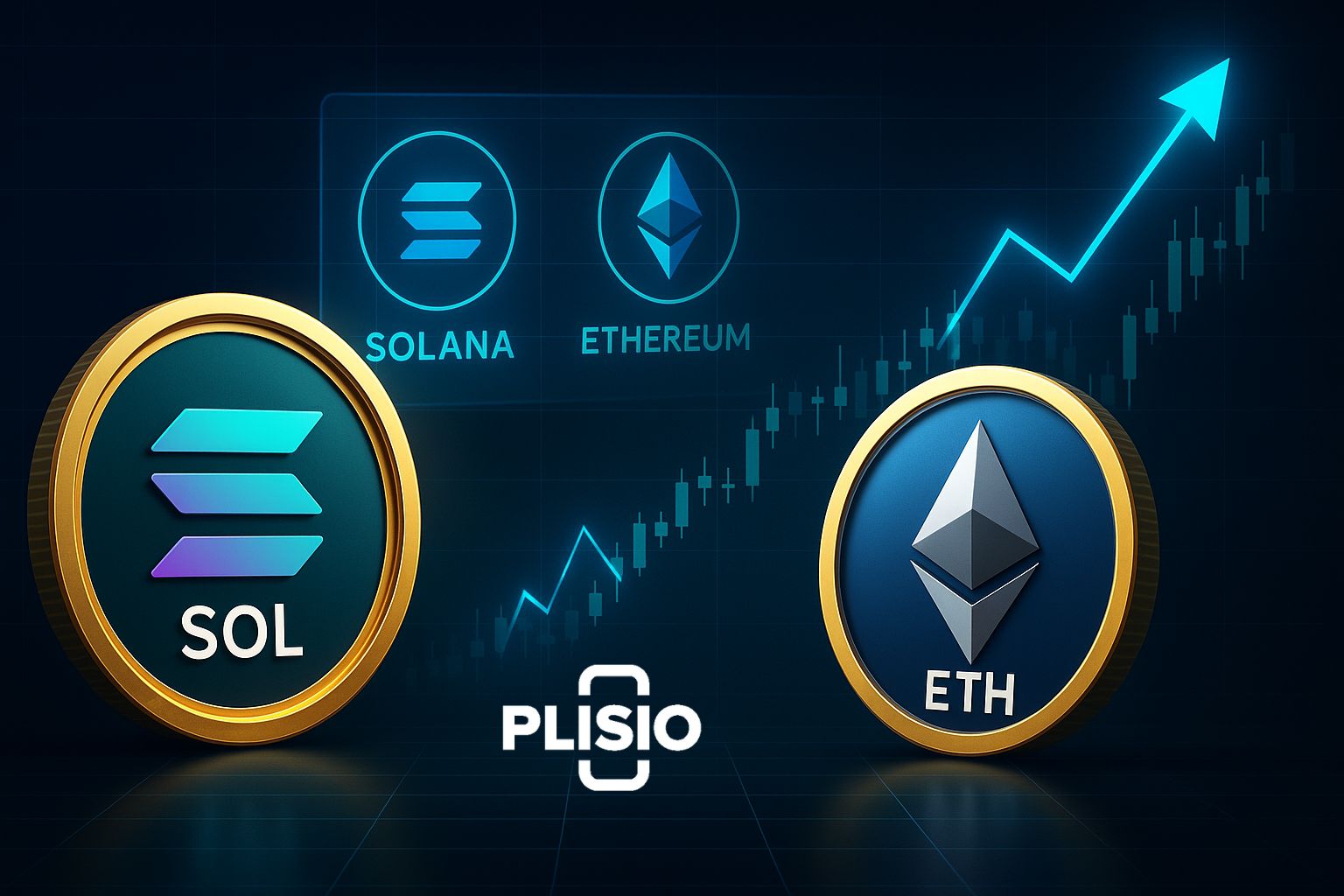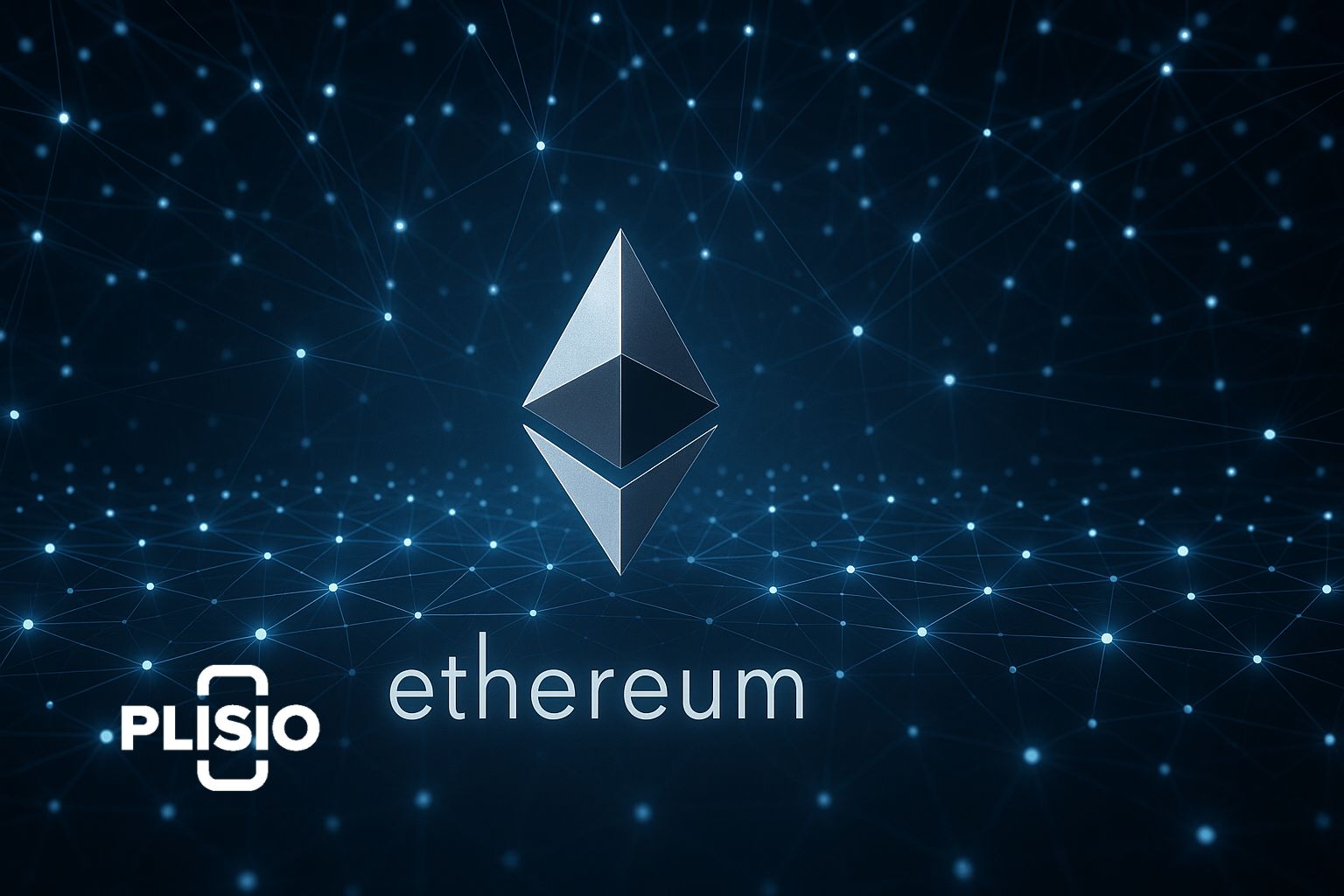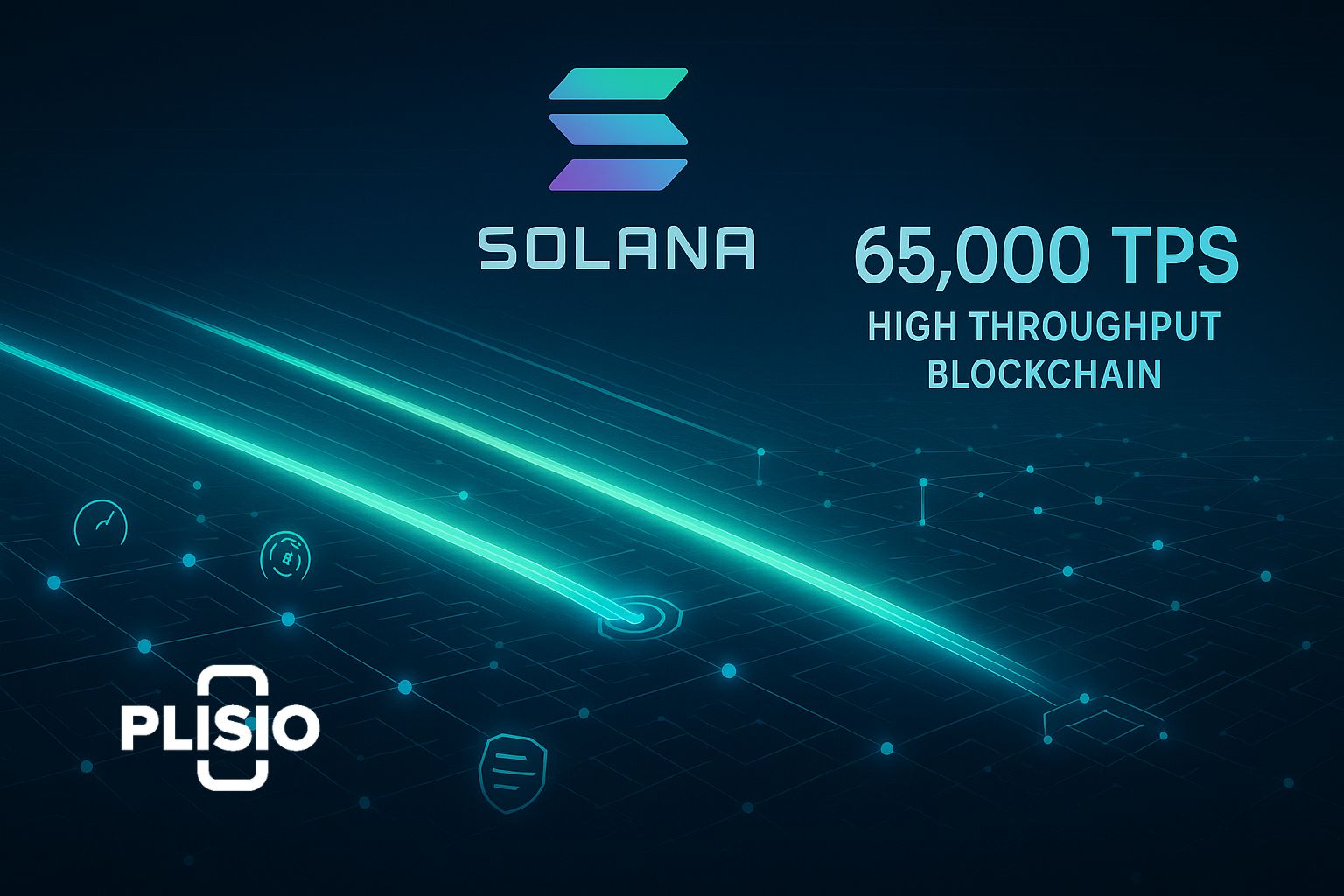Solana vs. Ethereum: A Deep Dive into Two Leading Blockchain Giants in 2026

As the cryptocurrency market continues to evolve in 2025, two blockchain platforms remain at the forefront of innovation and adoption: Solana and Ethereum. This article provides a detailed comparison between the two, covering performance, developer activity, consensus mechanisms, and the broader crypto ecosystem. Whether you're seeking the better investment or exploring development options, understanding the key differences between Solana vs Ethereum is essential.
Solana vs Ethereum: Blockchain Performance and Scalability in 2025
Solana is celebrated for being one of the fastest blockchains, with theoretical transaction speeds exceeding 65,000 transactions per second (TPS) thanks to its innovative Proof of History and parallel processing technologies. This high throughput makes it a prime choice for real-time applications, such as gaming, decentralized trading, and decentralized applications.
In contrast, Ethereum, even after its monumental Ethereum 2.0 upgrade, handles only around 15-30 transactions per second. While this is a step up from its original design, it still relies heavily on layer 2 solutions like Arbitrum, zkSync, and Optimism to scale operations. These add complexity for users and developers but enhance Ethereum's capacity without compromising core decentralization principles.
Ethereum vs Solana from a performance perspective shows Solana leading in raw speed, efficiency, and cost-effectiveness. However, Ethereum remains the dominant network for hosting smart contracts, with a proven record and broader toolset.

Comparative Overview Table
|
Feature |
Solana |
Ethereum |
|
TPS |
Up to 65,000 |
15-30 (native), more with L2 |
|
Consensus Mechanism |
Proof of History + Proof of Stake |
Proof of Stake |
|
Average Transaction Fee |
<$0.01 |
$0.50 - $10 (depends on usage) |
|
Developer Community |
Rapidly Growing |
Largest in Crypto |
|
NFT and DeFi Support |
Emerging |
Industry Leader |
Developer Activity in the Solana and Ethereum Ecosystems
The Ethereum ecosystem is home to the largest number of developers in the crypto space. This has led to thousands of tokens on Ethereum, numerous DeFi applications, and a strong community around standards like ERC-20 and ERC-721. With a focus on composability and modularity, Ethereum makes it easier for developer teams to build interoperable systems.
Meanwhile, the Solana ecosystem has seen explosive growth. In 2024 and 2025, it surged ahead with several successful launches in DePIN, NFTs, and DeFi. Solana’s ease of onboarding, low transaction fees, and fast transaction speeds attract new developer teams and projects seeking low-latency solutions. The recently proposed Solana ETF reflects growing institutional interest.
The Solana network has undergone several upgrades, reducing prior downtime and increasing reliability. Though unlike Ethereum, Solana's development is more centralized due to a smaller validator set, it still fosters innovation through grants and community-driven DAOs.
Key Advantages of Solana Blockchain in 2025
- Extremely fast TPS performance
- Very low transaction fees
- High suitability for real-time applications
- Strong momentum in gaming and DeFi
Comparing Consensus Mechanisms and Decentralization Models
Both platforms utilize proof of stake consensus. Ethereum, with its focus on security and decentralization, has over 1 million validators securing the network. This broad base ensures greater decentralization, making it resilient to attacks and censorship.
Solana, on the other hand, combines proof of history with proof of stake to enhance speed. While this results in lower transaction fees and faster TPS, it raises concerns about decentralization. Yet, Solana blockchain developers are actively addressing these issues by expanding validator incentives and increasing geographic diversity.
These consensus mechanisms underscore the philosophical divergence in Solana vs Ethereum. Ethereum prioritizes security and decentralization, while Solana focuses on user experience and low fees.

Top 5 Factors Influencing Better Buy Decision in Crypto Market
- Speed and performance requirements
- Network security and decentralization
- Size and maturity of the ecosystem
- Transaction fees and staking rewards
- Community support and developer resources
Ethereum and Solana Market Performance and Liquidity
In terms of market performance, Ethereum maintains a higher market capitalization and dominant market share in DeFi and NFTs. Its position is further solidified by support from influential figures like Vitalik Buterin and an ecosystem of established partners.
Yet Solana has been outpacing Ethereum in specific metrics. Its lower gas fees, faster transaction speeds, and increasing liquidity are attracting new users and developers. As of early 2025, some metrics even show Solana outperforming Ethereum in daily transactions and new wallet creation.
From a crypto market perspective, the rise of Solana is hard to ignore. It provides an alternative for those frustrated by high gas fees on Ethereum network and has seen increased adoption across gaming, DeFi, and decentralized exchanges.
Smart Contract Development and Token Utility on Ethereum vs Solana
Ethereum's smart contract architecture is the most battle-tested in the industry. Most tokens, DAOs, and decentralized finance protocols are native to Ethereum, including giants like Uniswap, Aave, and Compound. The ERC token standards have become industry norms.
Solana, while newer to the smart contract arena, offers speed and low gas fees, making it ideal for high-frequency cryptocurrency trading and real-time decentralized applications. Projects like Serum, Raydium, and Jupiter are bringing high-speed DeFi to the forefront of Solana.
The divergence in token use and smart contract design is another critical point in the Solana vs Ethereum debate. Ethereum is about composability and proven standards, while Solana is about performance and adaptability.
Solana ETF and Staking Opportunities in 2025
The recent buzz around a potential Solana ETF has fueled discussions about its future role in institutional portfolios. A Solana ETF would increase visibility, legitimacy, and access to traditional finance capital. Meanwhile, Ethereum already enjoys exposure through investment vehicles like Grayscale and CME futures.
Staking is integral to both networks. ETH staking yields have stabilized post-merge, offering a steady return for investors. Sol staking is equally popular, though more volatile due to network upgrades and changing validator dynamics.
Whether you’re staking SOL or ETH, both platforms provide avenues for passive income and network participation.

Conclusion: Solana or Ethereum for Long-Term Investment in the Cryptocurrency Market
When examining ethereum vs solana, it’s clear that both are shaping the future of blockchains. Ethereum offers deep-rooted infrastructure, massive developer mindshare, and a commitment to decentralization. Solana brings agility, speed, and a compelling alternative to those priced out of Ethereum’s gas-heavy environment.
While Ethereum is the clear leader in terms of market cap and cryptocurrency legacy, Solana is a formidable contender with a growing presence and momentum. Both networks are likely to coexist, each serving different segments of the cryptocurrency market.
In conclusion, there is no absolute answer in the debate of solana vs ethereum. For some, Ethereum will remain the safer, more reliable bet. For others, Solana will represent the future of scalable, affordable blockchain solutions. The choice between Solana or Ethereum as the better buy hinges on your investment goals, technical needs, and faith in the decentralized web’s evolution.

